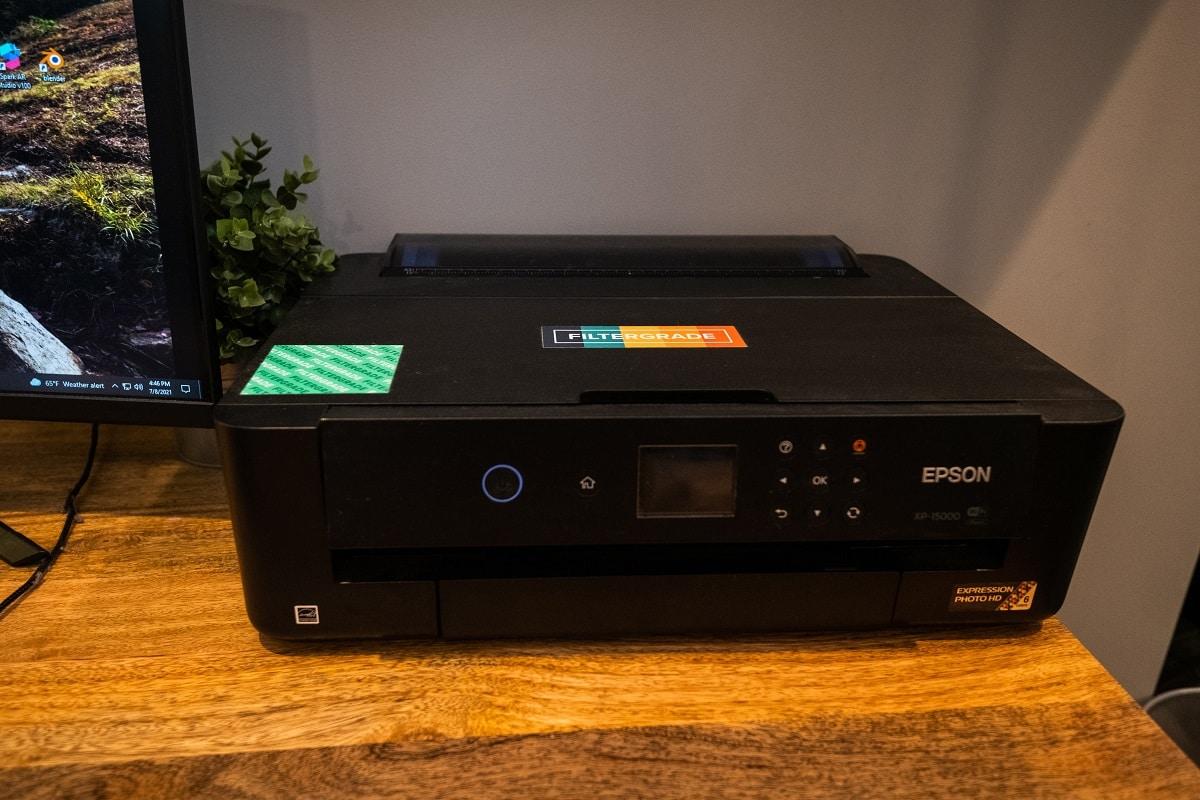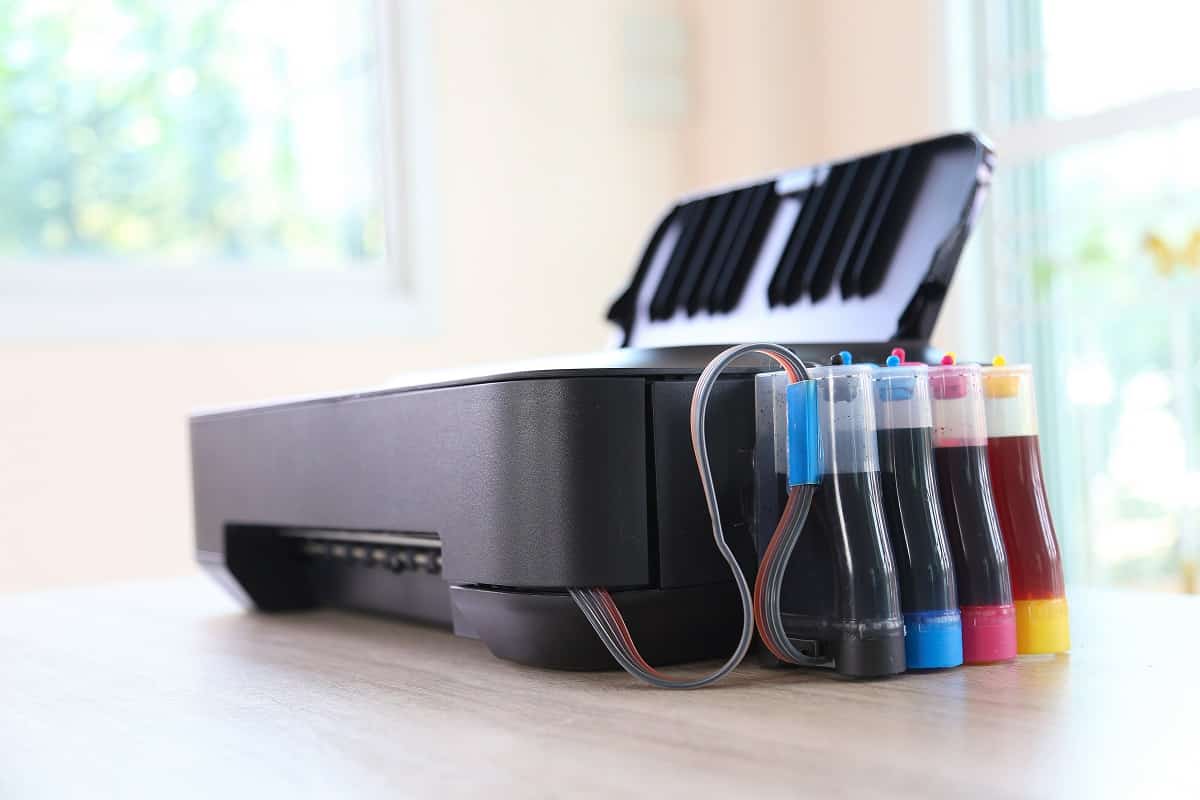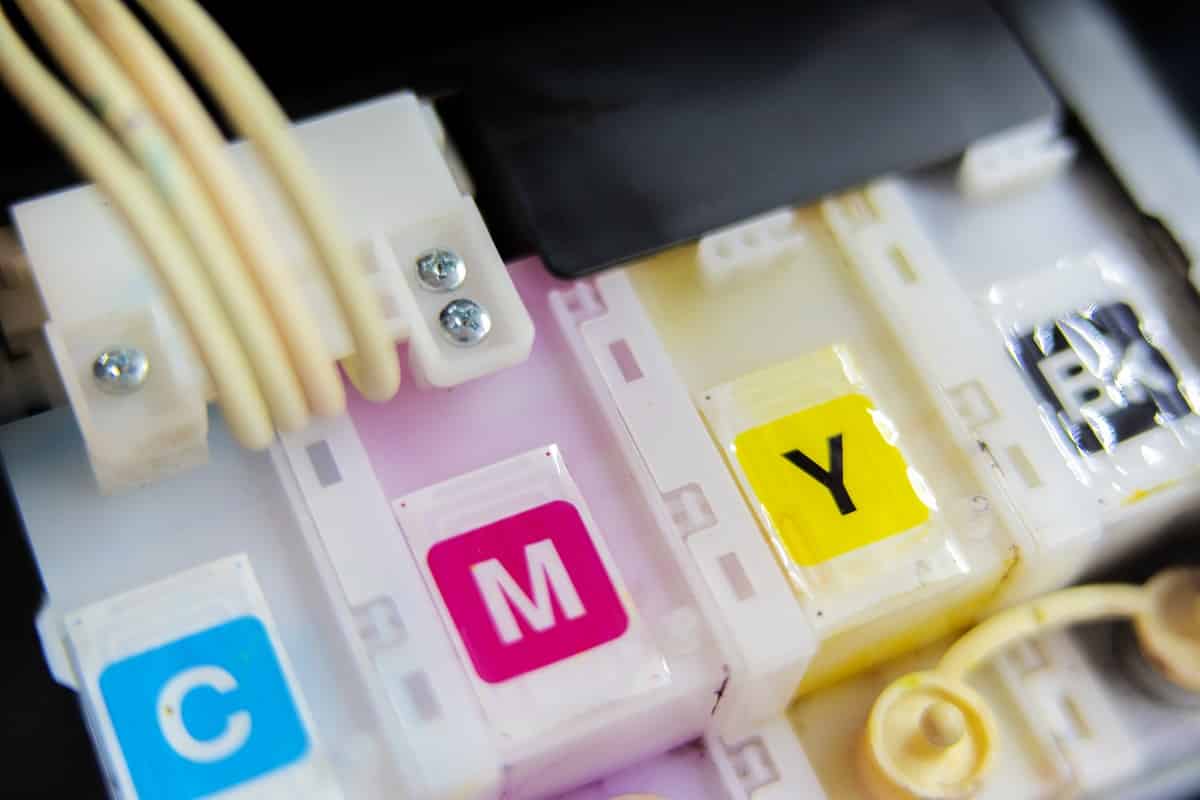Many people face a common question: who would win laser printer vs inkjet for art prints?
Just buying a high-end printer for art print doesn’t mean much, especially if you don’t know what type it is. There are numerous factors to consider before making a decision, and none of them can be overlooked. So today, we’ll go through these two types of printers; we will also point you towards where to make poster prints and other state of the art prints for your collection in case the DIY approach is not feasible in your case.
But before getting into it, let us explain to you in short what differentiates these two printers. The major difference between an inkjet and a laser printer is the printing technology. While the former uses ink, the latter uses toner, so one focuses on quality while the other on quantity. Both have strengths and weaknesses, while inkjet printers can bring to life exceptional photography, laser printers can create a wonderful label printmaking experience.
Confused?
Let’s get into a detailed comparison.
What Are Inkjet And Laser Printers?

Inkjet printers spray microscopic ink drops on paper to create a print. These machines are usually small and, with an output of 1200 dpi (dots per inch) resolution, can print high-quality images and text documents. Although these machines are much less expensive, they will cost you a fortune in the long run.
On the other hand, laser printers melt toner powder on paper to produce a print. These are significantly more cost-intensive compared to inkjet printers at first glance but are more cost-effective in the long run.
Because they use more expensive toner cartridges, their cost per page is considerably lower with high printing speed.
Laser Printer Vs Inkjet
A. Use
If you’re searching for a printer to create occasional prints, we’d suggest going for an inkjet printer.
So, if you’re printing a small volume of documents in high resolution and aren’t really bothered about the cost, then we’d strongly recommend going for inkjet ones. However, people generally complain that not using them regularly causes the ink to dry up.
That being said, if you have got the budget for a laser printer, we’d strongly recommend you to go for it. It’s more durable than inkjet printers and can laser print large quantities of color and monochrome documents at a better speed.
Although laser printers were originally designed for handling office prints, they have become increasingly popular amongst artists. If you need high volumes of art prints, a laser printer is an excellent choice. These printers produce decent-quality prints that look great on posters or banners.
B. Technology (How It Works)
Inkjet printers use ink droplets to create prints, while laser printers apply heat to melt powdered ink onto the paper to create the print.
However, there’s a general belief that the ink smudges more often in inkjet printers than in laser. But this might not be the case with all types of inkjet printers.
Dye-based inks tend to smudge more than pigment inks, and the sole reason is that the former requires more time to set. Nevertheless, the drying time depends primarily on the paper you’re using to print, as some papers absorb ink better than others. For example, it takes time for the ink to dry on glossy photo paper.
C. Print Quality
Print quality or print resolution is determined by the print output. In simple words, if you need high-resolution, super detailed photos, and blended smooth colors, get yourself a professional inkjet printer capable of delivering high-quality prints.
However, there’s a common belief that inkjet printers are superior to laser printers when printing high-resolution colored prints, while the latter is exclusively best for monochrome text. But laser printers are also a viable option when printing average-quality images while enjoying endurance, reliability, and economic benefits.
On that note, let’s look at the print resolutions of both printer types. As you may know, resolution is measured in Dots Per Inch or DPI, which means the more dots on a paper, the sharper the result. You need a printer that delivers a 600 dpi resolution for texts and 1200 dpi for printing images of the highest quality.
Although it’s said that the higher the dpi, the sharper results are produced, there’s hardly any visible difference after 1200 dpi.
Now, when you look at printer specifications, it’s always presented as a set of two numbers, such as 4800 x 1200 dpi. It means 4800 dots is the maximum resolution a printer can handle horizontally and 1200 dots vertically.
But as we already mentioned, you won’t see a visible change when printing above 1200 dpi, unless you’re doing microprinting. So, 4800 dpi is considered overkill in this regard.
I) Inkjet Printer Resolutions
Inkjet printers deliver resolutions even higher than 5000 dpi, and the Canon iP110 printer is the highest in this category, with a resolution of 9600 x 2400 dpi. Epson photo printers come with 5760 x 1440 dpi maximum resolution, and most Canon PIXMA printers have half the resolution of Canon printers, i.e., 4800 x 1200 dpi.
II) Laser Printer Resolutions
Most laser printers available on the market have maximum print resolutions of 2400 x 600 dpi. However, the newer models come with an option of dpi optimization to deliver an enhanced print resolution of 38400 x 600 dpi, and one such model is the HP Color LaserJet Pro M479fdw.
In short, monochrome laser printers are exclusively made for printing quality text and documents, while color laser printers are great for documents, texts, and decent-quality images. On the other hand, photo inkjet printers print detailed images with wide tonal depth and better color reproduction and are best for printing photo gallery prints.
D. Print Speed
As mentioned before, laser printers are designed to work faster and print high-volume prints, with speeds ranging between 15 and 100 ppm (pages per minute). On the flip side, color photo printers have considerably slow speed, with a maximum of 16 ppm. As laser printers print faster than ink printers, they have higher monthly print volume and can boost the overall workplace productivity.
E. Page Yield
Toner cartridges used in laser printers print significantly higher yields than traditional inkjet ink cartridges and hence last longer. The maximum yield of an ink cartridge ranges between 135 and 1000 pages, while the number lies between 2000 and 10000 pages for toners.
However, printer manufacturing companies like Epson, HP, and Canon have launched ink tank printers, so users don’t have to go through the stress of replacing cartridges again and again. For example, the Epson 522 cyan ink bottle lasts for up to 7000 pages, while the Brother ink tank printer prints up to 6000 pages. Well, that’s quite a lot for an inkjet printer!
Nevertheless, such a large ink quantity in an inkjet printer makes sense only if you’re printing regularly. These printers inherit the technological flaws of nozzle clogs and ink drying up. So, if you don’t wish to replace cartridges frequently and aren’t sure about using it regularly, laser printing is a viable option.
And if you’re going to print high-quality detailed prints regularly, inkjet printers are undoubtedly an excellent option.
F. Printer Vs. Cartridge Cost
Well, the upfront cost of a laser printer might seem to be too much for many users, which is almost half for an inkjet printer. However, inkjet printers prove to be costly in the longer run, as the cost per page of an inkjet printer is much higher compared to a laser printer.
For example, the HP LaserJet M401n prints up to 6,900 pages using a single cartridge, while the Canon TR8620 inkjet printer prints only 400 pages. Compare how efficient a laser printer is in terms of saving money!
Now, let us explain what we mean by cost per page. It’s the best way to measure how cost-effective your printer is and it’s calculated by dividing the cartridge price by its expected yield.
But if you can’t compromise with quality, inkjet printers will be your best bet. However, beware of dirt-cheap inkjet printers, as they can only print 100 pages per cartridge, and you’ll need to replace cartridges frequently. And you’d end up spending a ton of money on ink cartridges even before you know it.
G. Alternatives To Ink Cartridges
To eliminate the expensive and cumbersome replacement of ink cartridges and make printing much more effortless, manufacturers have developed certain alternatives, like the:
i) HP Instant Ink Subscription Program
Although it doesn’t replace ink cartridges directly, this program allows consumers to subscribe and leave it on HP to monitor the ink level in the printer and place a new order as soon as the old one depletes. There are mixed sets of reviews for this service, so make sure to check them before registering.
ii) Ink Tank Printers
Ink tank printers are considered a superior alternative to ink cartridges. And manufacturers including Canon, Brother, Epson, and HP have designed several printers that can hold a large volume of ink at a time so that users don’t have to change the cartridges frequently.
However, the only downside of these printers is that they’re more expensive than a conventional inkjet printer and there’s always a chance of dry nozzle and clogging printheads.

Laser Printer Vs Inkjet Frequently Asked Questions ?
Can a laser printer print labels or stickers?
Yes, you can use a laser printer to print labels or stickers, provided you get the correct sticker paper. Don’t use sticker paper meant for inkjet printers in a laser printer, as it might lead to irreversible and expensive damages like melting sticker papers inside the fuser unit of a laser printer. Always make sure to use thicker paper made exclusively for laser printers.
However, if you want sharp and vibrant colored labels and stickers, it’s strongly recommended to go for an inkjet printer. With this, you also get the option to print fade-proof and water-proof labels that are long-lasting.
What are the disadvantages of laser printers in art prints?
Apart from quality, laser printers have several disadvantages over inkjet printers. Although laser printers work faster, they might take some time to warm up. Plus, these printers can’t handle a variety of printing materials or paper like the inkjet ones, and anything heat-sensitive cannot be run through them.

Laser Printer Vs Inkjet Final Words
Deciding on whether to go for a laser or inkjet printer comes down to your printing needs. Small yet image-heavy workloads like school projects, family photos, and printing on fabrics are better generally categorized as low-cost and lightweight printing. And the right printer for such use cases is an inkjet printer.
Some of the quality inkjet printers you can use are HP OfficeJet Pro 9025e, Epson Expression ET-7750 EcoTank Printer, and Epson SureColor P series printers. At the same time, the best laserjet options for photo prints include the Brother HL-L2350DW and the HP Color LaserJet M255w.
With that, we will now wrap up today’s guide. Watch out this space for more such content.
Till the next time, goodbye and take care!


